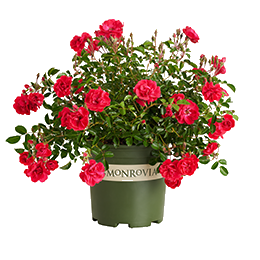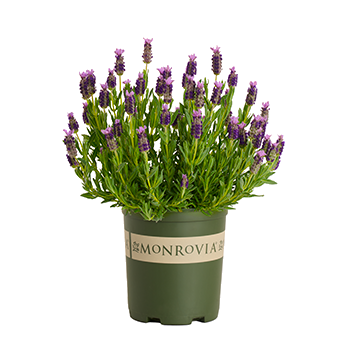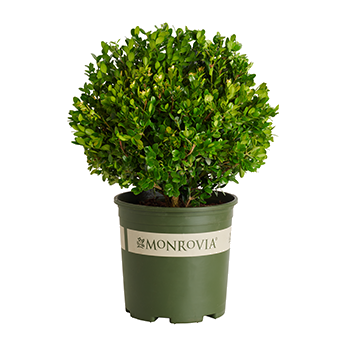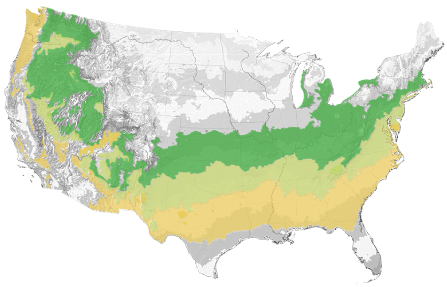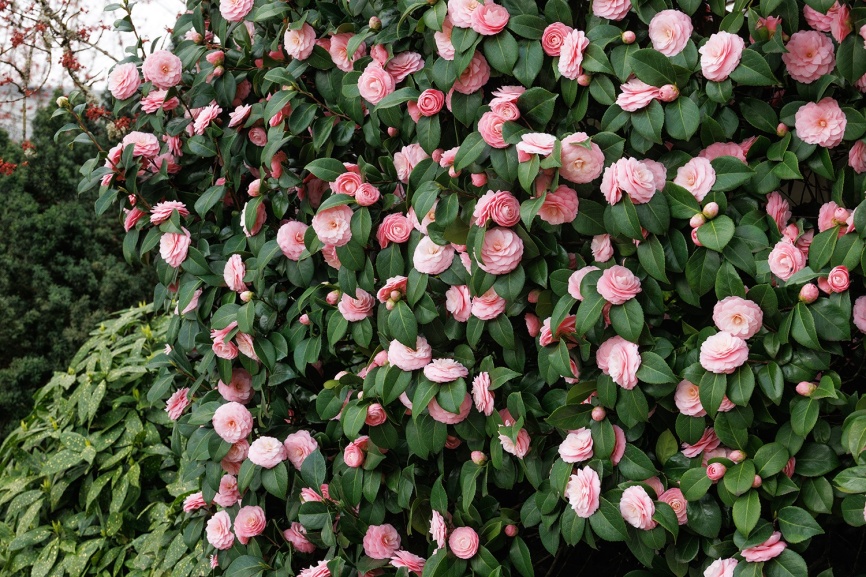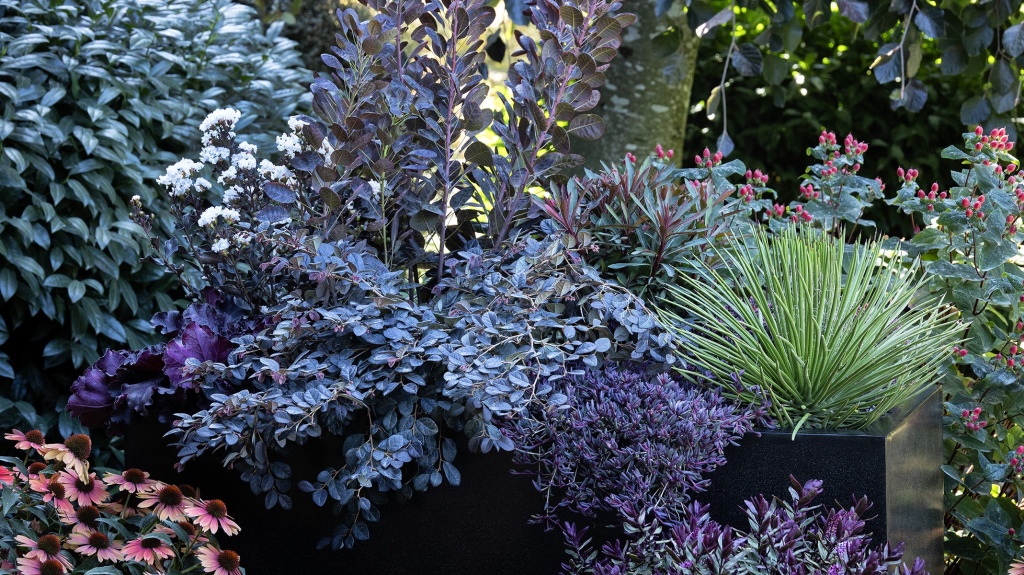You're growing in this Zip Code:
Change LocationDiscover Plants for Your Area
Variegated Japanese Pieris
Pieris japonica 'Variegata'
Retailers Near You
| Description | Beautiful, drooping clusters of white flowers highlight this evergreen shrub in spring. The attractive green foliage with creamy white variegation emerges with a pink tint to new growth. The compact form is excellent for use as a highly ornamental foundation planting or in groupings in the landscape. |
|---|---|
| Bloom Time | Spring |
| Deciduous/Evergreen | Evergreen |
| Special Features | Dramatic Foliage Color, Compact Form |
| Problems/Solutions | Deer Resistant |
| Growth Rate | Slow |
| Flower Attributes | Showy Flowers |
| Landscape Use | Border, Container, Hedge |
| Design Ideas | With its ornamental variegated leaves, this small Pieris offers great beauty to pocket gardens. Plant as a single or mass in an irregular group around landscape boulders. Or use as a backdrop for small water gardens and fountains. Excellent foundation plant that won't overgrow small patio gardens. Just as useful in the large woodland garden, where it remains low enough to preserve the sense of space. A crucial plant for wooded homesites on the Pacific Coast, where bright color beneath spreading conifers is always in demand. |
| Flower Color | White |
| Foliage Color | Variegated |
| Companion Plants | Holly (Ilex); Rhododendron (Rhododendron); Camellia (Camellia); Oregon Grape Holly (Mahonia); Mountain Laurel (Kalmia) |
| Care Instructions | Provide organically rich, slightly acidic, evenly moist, well-drained soil, with protection from harsh winds. Thrives in dappled shade. Water deeply and regularly during the first growing season to establish an extensive root system. Keep roots cool with a thick layer of mulch. Feed with an acid fertilizer after bloom. |
| History | This variety is synonymous with the 20th century cultivar 'White Rim' and is the only variegated pieris in cultivation. Its parent species is P. japonica, introduced in 1784 as Andromeda japonica. The plant was first collected and described by noted physician Carl Thunberg while working for the Dutch East India Company in Japan. Plants are native to eastern China and this group from the island of Taiwan. This is a genus of Ericaceous flowering plants from Asia and North America. It was classified in 1834 by David Don, 1799-1841. Don also classified the species P. japonica and introduced it in 1870. This is the most cold hardy of all species and its cultivars often contain improved coloring from P. formosa, and more abundant flowers from P. floribunda, both Asian species. |
| Lore | The genus Pieris was named after the Pierides or nine muses of Greek mythology. |
| Description | Beautiful, drooping clusters of white flowers highlight this evergreen shrub in spring. The attractive green foliage with creamy white variegation emerges with a pink tint to new growth. The compact form is excellent for use as a highly ornamental foundation planting or in groupings in the landscape. |
|---|---|
| Bloom Time | Spring |
| Deciduous/Evergreen | Evergreen |
| Special Features | Dramatic Foliage Color, Compact Form |
| Problems/Solutions | Deer Resistant |
| Growth Rate | Slow |
| Flower Attributes | Showy Flowers |
| Landscape Use | Border, Container, Hedge |
|---|---|
| Design Ideas | With its ornamental variegated leaves, this small Pieris offers great beauty to pocket gardens. Plant as a single or mass in an irregular group around landscape boulders. Or use as a backdrop for small water gardens and fountains. Excellent foundation plant that won't overgrow small patio gardens. Just as useful in the large woodland garden, where it remains low enough to preserve the sense of space. A crucial plant for wooded homesites on the Pacific Coast, where bright color beneath spreading conifers is always in demand. |
| Flower Color | White |
| Foliage Color | Variegated |
| Companion Plants | Holly (Ilex); Rhododendron (Rhododendron); Camellia (Camellia); Oregon Grape Holly (Mahonia); Mountain Laurel (Kalmia) |
| Care Instructions | Provide organically rich, slightly acidic, evenly moist, well-drained soil, with protection from harsh winds. Thrives in dappled shade. Water deeply and regularly during the first growing season to establish an extensive root system. Keep roots cool with a thick layer of mulch. Feed with an acid fertilizer after bloom. |
|---|
| History | This variety is synonymous with the 20th century cultivar 'White Rim' and is the only variegated pieris in cultivation. Its parent species is P. japonica, introduced in 1784 as Andromeda japonica. The plant was first collected and described by noted physician Carl Thunberg while working for the Dutch East India Company in Japan. Plants are native to eastern China and this group from the island of Taiwan. This is a genus of Ericaceous flowering plants from Asia and North America. It was classified in 1834 by David Don, 1799-1841. Don also classified the species P. japonica and introduced it in 1870. This is the most cold hardy of all species and its cultivars often contain improved coloring from P. formosa, and more abundant flowers from P. floribunda, both Asian species. |
|---|---|
| Lore | The genus Pieris was named after the Pierides or nine muses of Greek mythology. |
Retailers Near You
About Us
We have been pioneers and craftsmen in the art of growing plants for nearly
100 years. Since our founding in Southern California by Harry E. Rosedale, Sr.
in 1926, we have been absolutely dedicated and obsessed with quality.
We have been pioneers and craftsmen in the art of growing plants for nearly 100 years. Since our founding in Southern California by Harry E. Rosedale, Sr. in 1926, we have been absolutely dedicated and obsessed with quality.
